
People who suffer from a skin condition called epidermolysis bullosa need to modify their lifestyle in order to contribute to proper treatment of this disease. One of the changes they need to make is regarding personal hygiene, particularly bathing. Therefore, the following lines will try to shed some light on the matter, helping people manage this important aspect of personal hygiene while suffering from epidermolysis bullosa.
Bathing and Epidermolysis Bullosa
First of all, the water used for bathing, while suffering from this condition, needs to be ample. However, it should not be too warm. On the other hand, it should not be cold or cool as well. Therefore, choose a water temperature which will not cause further problems to your skin.
If you can, do not use soap during bathing, since harsh chemicals inside many soaps may lead to possible worsening of the skin condition. Once you are done with the bathing, dry yourself by patting the surface of the skin with a soft piece of clothing. Also, during the bathing procedure, you might use a soft piece of cloth in order to clean specific areas on the skin gently.
Alternatively, you may dry your skin with a hair dryer, setting it on minimal strength. As for flannels you use during bathing, make sure clean ones are present each time you decide to undergo this important hygienic process.
Additional Methods for Successful Bathing
The main goal you want to achieve, when bathing while suffering from epidermolysis bullosa, is not to aggravate the condition and cause the appearance of blisters or wounds. If these do appear, make sure you keep them clean and safe from infections.
Keep in mind that daily baths are beneficial for the treatment of this skin problem. It softens the scabs present on any wound. However, in order to keep the skin calm and protected, you may want to maintain the temperature of the bathing water around 30 degrees Celsius and add some bathing oil or chamomile tea bags, boiling 6 of these in 3 liters of water and letting the tea cool down a bit before inserting it into the bathtub.
A bit of chlorine may help you clean your skin too. Glorix is the best product for this purpose. As for soaps, you may opt for neutral ones such as Sporex and Sebamed.
The same rules go for showering, even though this type of washing is not recommended for people suffering from epidermolysis bullosa. If you need to, use weak jets of water, keeping your delicate skin safe.


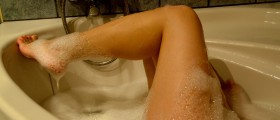
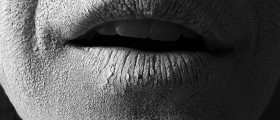

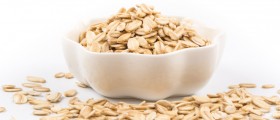
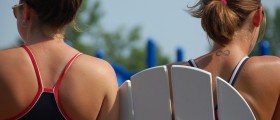


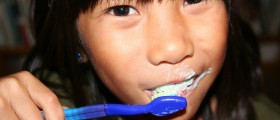





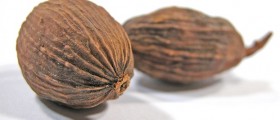

Your thoughts on this
Loading...